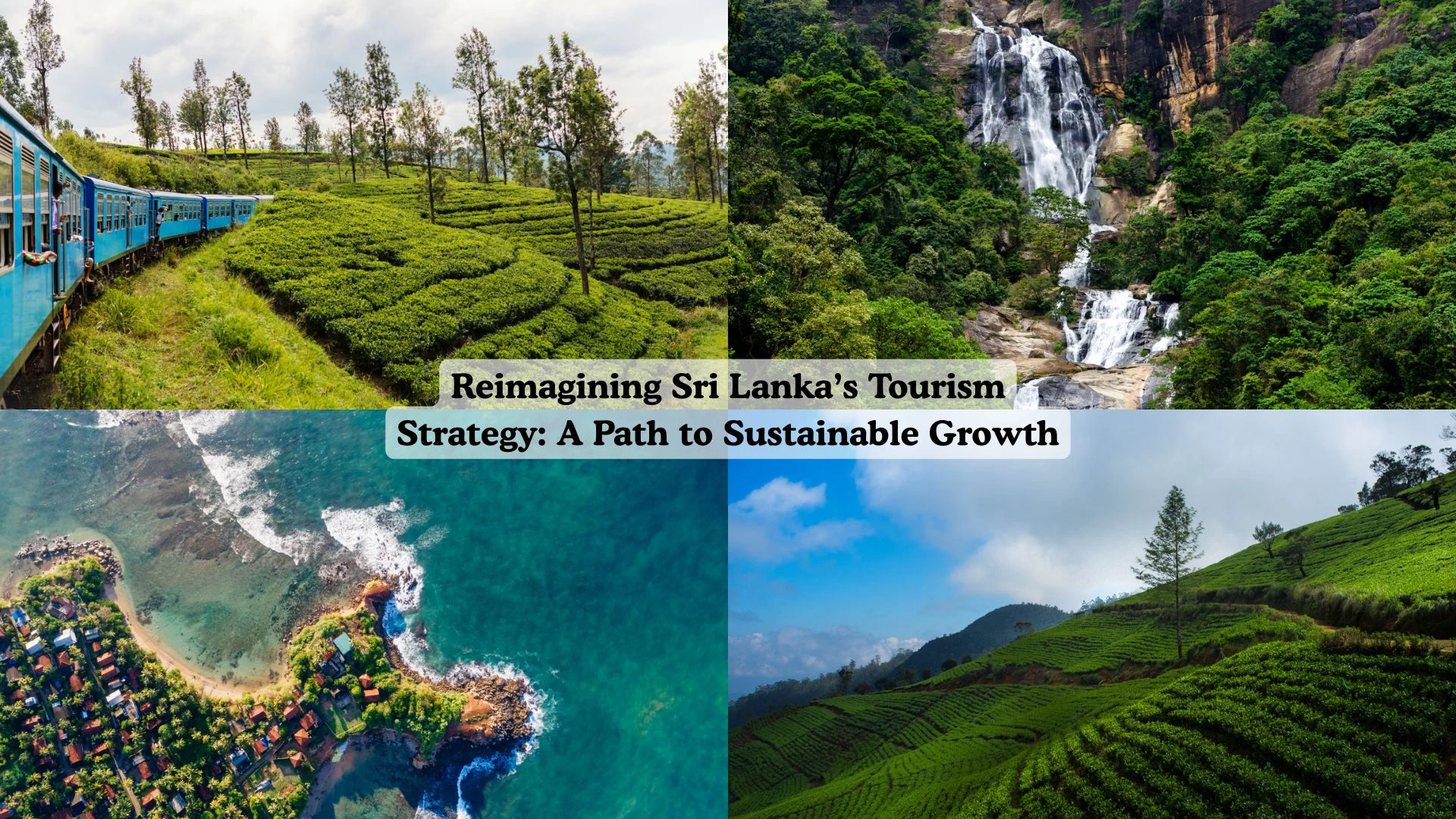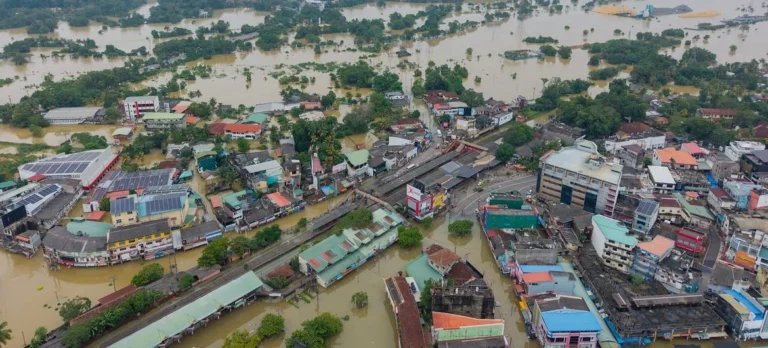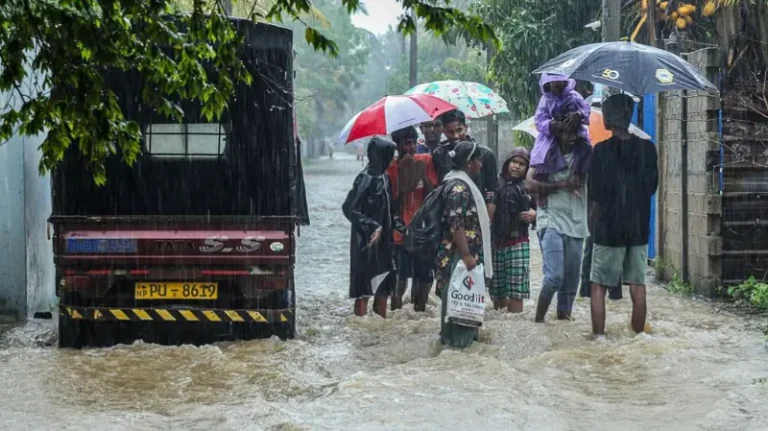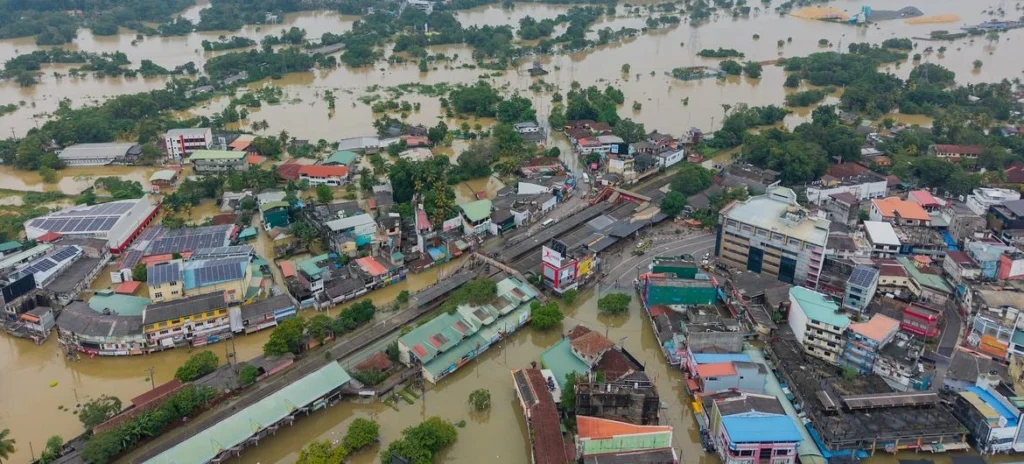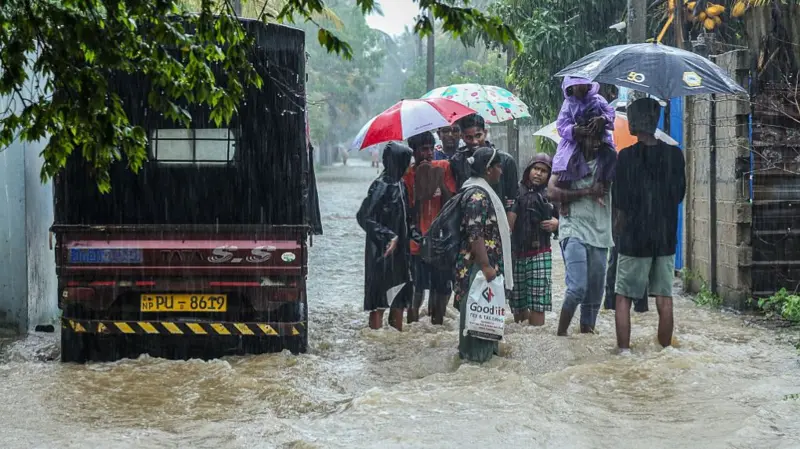Sri Lanka’s Tourism Strategy | Sri Lanka, the pearl of the Indian Ocean, has long captivated travelers with its lush landscapes, rich culture, and warm hospitality. Yet, the tourism sector, once a pillar of the economy has faced significant setbacks in recent years due to political instability, economic crises, and global disruptions like the COVID-19 pandemic. As the country embarks on a new chapter of recovery, a strategic rethinking of tourism is not just timely, it’s essential.
This blog explores the evolving tourism strategy of Sri Lanka, focusing on sustainability, diversification, infrastructure, and digital transformation. It also highlights the role of international partnerships and community engagement in shaping a resilient and inclusive tourism future.
- From Volume to Value: Embracing Sustainable Tourism
Sri Lanka’s new tourism strategy is shifting from mass tourism to value-driven, sustainable tourism. This means attracting travelers who stay longer, spend more, and engage deeply with local culture and nature.
- Eco-tourism is gaining traction, with initiatives to protect biodiversity hotspots like Sinharaja Forest Reserve and Horton Plains.
- Community-based tourism empowers rural villages to host travelers, offering authentic experiences while distributing economic benefits.
- Green certification for hotels and tour operators is being promoted to reduce carbon footprints and enhance environmental accountability.
This approach not only preserves Sri Lanka’s natural assets but also aligns with global trends favoring responsible travel.
- Diversifying the Tourism Portfolio
Sri Lanka’s tourism has traditionally leaned on beach holidays and cultural heritage. The new strategy aims to diversify offerings to attract niche markets:
- Wellness tourism: Ayurveda retreats, yoga centers, and meditation sanctuaries are being marketed to health-conscious travelers.
- Adventure tourism: Hiking, surfing, diving, and wildlife safaris are being developed with safety and sustainability in mind.
- MICE tourism (Meetings, Incentives, Conferences, Exhibitions): With improved infrastructure, Sri Lanka is positioning itself as a regional hub for business events.
- Film tourism: Leveraging scenic locations for international productions can boost visibility and attract fans.
By broadening its appeal, Sri Lanka can reduce seasonal fluctuations and tap into higher-value segments.
- Infrastructure and Connectivity: Building the Backbone
No tourism strategy can succeed without robust infrastructure. Recent developments include:
- Bandaranaike International Airport expansion, with Japanese support, to increase passenger capacity and improve services.
- Road and rail upgrades to connect tourist hotspots more efficiently.
- Smart tourism hubs in cities like Colombo and Kandy, integrating transport, hospitality, and digital services.
Improved connectivity not only enhances visitor experience but also encourages domestic tourism, which is vital during global downturns.
- Digital Transformation: The New Frontier
Digital tools are revolutionizing how travelers discover, book, and experience destinations. Sri Lanka’s tourism board is investing in:
- AI-powered travel platforms for personalized itineraries.
- Virtual reality previews of attractions to entice potential visitors.
- Online visa processing and mobile payment systems to streamline travel logistics.
- Social media campaigns targeting Gen Z and millennial travelers with immersive storytelling.
Digital literacy among local entrepreneurs is also being boosted to help them compete globally.
- International Partnerships and Branding
Sri Lanka’s tourism revival is being supported by strategic partnerships:
- Japan’s development aid is funding infrastructure and dairy sector improvements, indirectly supporting rural tourism.
- India and China remain key source markets, with targeted campaigns to rebuild trust and interest.
- UNWTO and ADB collaborations are helping shape policy frameworks and training programs.
A refreshed global branding campaign centered on “Sri Lanka: Yours to Discover” is being rolled out to reposition the country as a safe, diverse, and welcoming destination.
- Empowering Local Communities
Tourism must benefit the people who make it possible. Sri Lanka’s strategy emphasizes:
- Skills training for youth in hospitality, languages, and digital marketing.
- Microfinance access for small tourism businesses.
- Cultural preservation grants to support artisans, performers, and heritage sites.
By making tourism inclusive, Sri Lanka can reduce poverty, curb urban migration, and foster pride in local traditions.
Conclusion: A Compass for the Future of Sri Lanka’s Tourism
Sri Lanka’s tourism strategy is no longer just about attracting visitors it’s about building a resilient, inclusive, and sustainable sector that uplifts the nation. With smart planning, global partnerships, and community engagement, the island can reclaim its place as one of the world’s most enchanting destinations.
As travelers seek meaning, authenticity, and connection, Sri Lanka is poised to offer not just a vacation but a transformation.
 Read about “Corruption: Patterns, Signals, and Systemic Dynamics“
Read about “Corruption: Patterns, Signals, and Systemic Dynamics“

